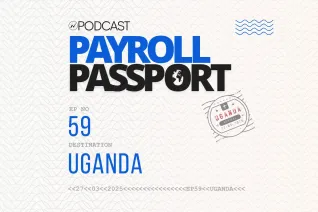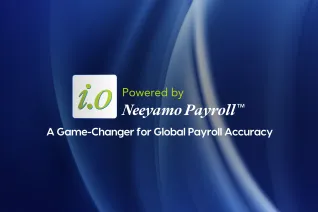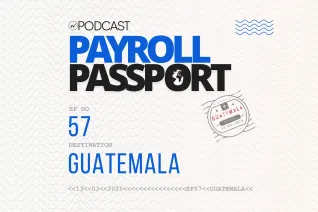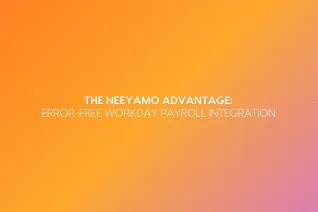Unlocking the Power of Payroll Relationships in Oracle HCM Cloud
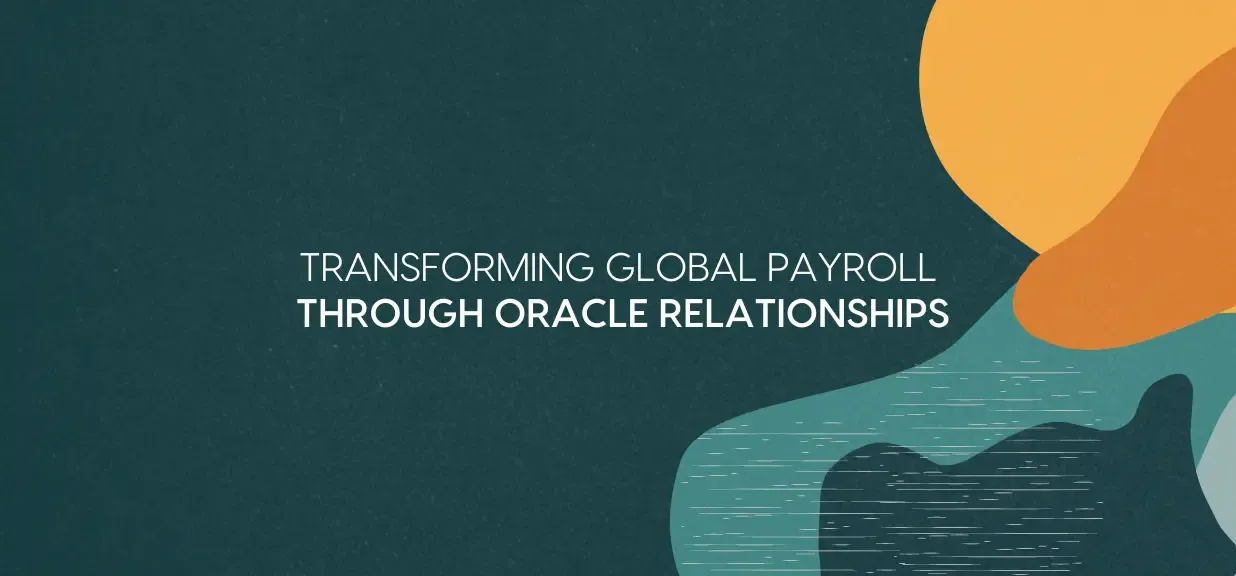
In today's complex business environment, managing payroll efficiently is crucial for organizations of all sizes. Oracle HCM Cloud offers a robust solution for handling diverse payroll scenarios through its innovative concept of payroll relationships. This guide will help you understand what payroll relationships are, how they work, and why they're essential for effective payroll management.
What is a Payroll Relationship?
A payroll relationship is a unique association between a person and a payroll statutory unit (PSU) in Oracle HCM Cloud. It serves as the highest level of the payroll employment model, allowing organizations to manage payroll-related information for employees with multiple assignments or complex employment situations.
What is the Payroll Employment Model?
Oracle HCM Cloud's payroll employment model follows this hierarchy:
- Person
- Payroll Relationship
- Assignment
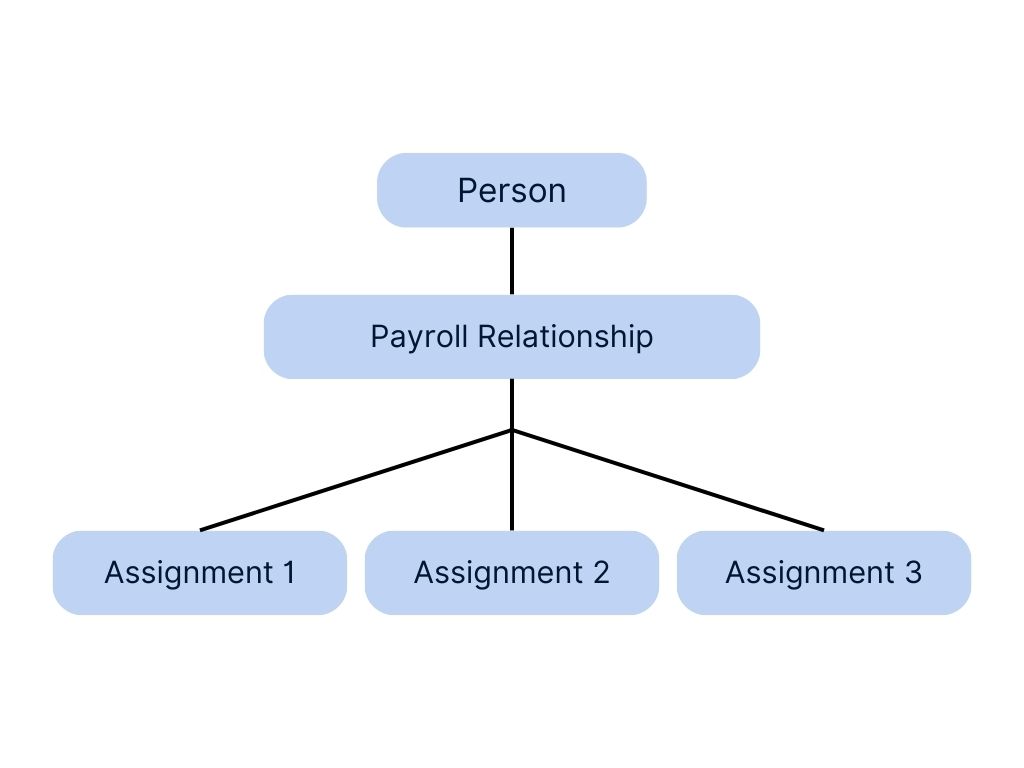
This structure supports scenarios where an employee might have multiple jobs or assignments within the same organization, ensuring accurate payroll processing and statutory reporting. It differs from the HR employment model, where each assignment typically creates a separate work relationship.
Creation and Life Cycle of a Payroll Relationship
Payroll relationships are automatically created when you hire an employee or create other types of person records, such as candidates or pending workers. They evolve throughout an employee's tenure, accommodating changes in assignments, transfers between payrolls, and eventual termination.
What are the components of a Payroll Relationship?
Key components include:
- Payroll Statutory Unit (PSU): The legal entity responsible for payroll statutory compliance
- Assignments: Job or position details associated with the employee
- Element entries: Earnings, deductions, and informational components
- Payment methods: How the employee receives their pay
Oracle HCM Cloud's API Integration for Payroll Data
Oracle HCM Cloud offers robust RESTful APIs for payroll data integration. These APIs allow seamless communication between Oracle HCM Cloud and external systems, including global payroll providers.
To fetch payroll-related information for a specific employee, you can send an HTTP GET request to a designated API endpoint. Typically, you'll need to provide the employee's unique identifier (e.g., employee ID, person number) as a parameter in the request.
The API response typically includes details such as payroll statutory unit, assignments, and element entries.
Modifying payroll information is a straightforward process. You'll generally use an HTTP PUT request to the same or a similar API endpoint. The request body will contain a JSON payload specifying the changes.
Important Note: Always consult the specific API documentation for the exact endpoints, parameters, and payload structures. The details may vary depending on the payroll system or HRIS platform.
Managing Multiple Assignments
For employees with multiple assignments, the Assignment Switcher allows users to toggle between different roles, viewing payroll details specific to each assignment. This feature is crucial for organizations with complex employment structures.
Handling Multi-Currency Payrolls and Exchange Rates
Oracle HCM Cloud provides robust support for multi-currency payrolls, which is essential for global organizations:
- Currency Conversion: Automatically converts salaries and payments between currencies using up-to-date exchange rates.
- Exchange Rate Types: Supports multiple exchange rate types (e.g., spot, average) to align with company policies.
- Effective Dating: Maintains historical exchange rates for accurate retroactive calculations.
Oracle's Payroll Calculation Engine and Payroll Relationships
Oracle HCM Cloud's payroll calculation engine works in tandem with payroll relationships to ensure accurate and compliant payroll processing:
Element-Based Calculations: The engine processes element entries associated with each assignment within a payroll relationship.
Rule-Based Processing: Applies predefined and custom rules to calculate earnings, deductions, and taxes based on the employee's payroll relationship details.
Balance Accumulation: Tracks running totals across multiple assignments within a payroll relationship for accurate tax and statutory calculations.
Retroactive Processing: Handles retroactive changes to payroll relationships, recalculating past periods as needed.
For example, when processing payroll for an employee with multiple assignments, the engine aggregates earnings across all assignments within the payroll relationship before calculating social insurance contributions, ensuring compliance with statutory requirements.
Reporting and Analytics
Payroll relationships play a crucial role in statutory reporting and workforce analytics. They provide a comprehensive view of an employee's financial relationship with the organization, supporting accurate reporting and data-driven decision-making.
Integrating Global Payroll Providers
For multinational organizations or companies expanding into new markets, integrating a global payroll provider like Neeyamo with Oracle HCM Cloud can significantly enhance payroll processing capabilities. Here's how you can incorporate such a provider into your payroll ecosystem:
ALSO READ | Streamlining Success: Benefits of an integrated HRIS and Payroll System
Why Integrate a Global Payroll Provider?
- Extended Global Reach: While Oracle HCM Cloud offers robust payroll functionality, a specialized global provider can offer deeper expertise in specific countries or regions.
- Compliance Management: Global providers stay up-to-date with local labor laws and tax regulations, reducing compliance risks.
- Scalability: As your organization expands, a global provider can quickly support new countries without the need to build in-house expertise.
- Unified Reporting: Integrate data from multiple countries for comprehensive global workforce analytics.
Technical Considerations
APIs and Data Exchange Formats: Oracle HCM Cloud offers RESTful APIs for integration with global payroll providers. Common data exchange formats include XML and JSON. Ensure compatibility between the two systems and map data fields accurately. This highlights the flexibility of Oracle Cloud.
Security and Data Privacy: Oracle HCM Cloud employs multiple layers of security to protect sensitive payroll data during integrations:
Data Encryption: All data in transit is encrypted using TLS 1.2 or higher.
OAuth 2.0 Authentication: Ensures secure authorization for API access.
Role-Based Access Control (RBAC): Granular control over who can access and modify payroll data.
Audit Logging: Tracks all data access and modifications for compliance and security monitoring.
When integrating with global payroll providers, leverage these features to maintain data integrity and comply with regulations like GDPR and CCPA.
Functional Considerations
Mapping of Data Fields: Carefully map data fields between Oracle HCM Cloud and the global payroll provider. Common fields include employee details, compensation, deductions, taxes, and time and attendance.
Process Alignment: Align payroll processes, such as time and attendance tracking, payroll calculations, and statutory reporting, to ensure seamless integration. Address any differences in calculation methods or statutory requirements.
DOWNLOAD | A Guide to Implementing Oracle Cloud HCM With Neeyamo Payroll
Leveraging Payroll Relationships in the Integrated System
When working with a global payroll provider like Neeyamo, payroll relationships in Oracle HCM Cloud become even more crucial:
Multi-Country Employees: For employees working across multiple countries, payroll relationships help manage different statutory requirements and payroll cycles.
Assignment Transfers: When employees move between countries, the payroll relationship structure facilitates smooth transitions between different payroll systems or providers.
Consolidated Reporting: Payroll relationships serve as the foundation for aggregating data from both Oracle HCM Cloud and the global provider, enabling comprehensive global workforce analytics.
By integrating a global payroll provider like Neeyamo with Oracle HCM Cloud's payroll relationships, organizations can achieve a best-of-both-worlds solution: the robust core HR capabilities of Oracle combined with specialized global payroll expertise. This integration empowers multinational companies to manage complex, global payroll operations efficiently while maintaining compliance and gaining valuable insights into their global workforce. This is the power of Oracle Cloud computing for global payroll.
Latest Resources
Stay informed with latest updates
If you're curious and have a thirst for knowledge pertaining to the HR, payroll, and EOR universe, don't miss out on subscribing to our resources.



